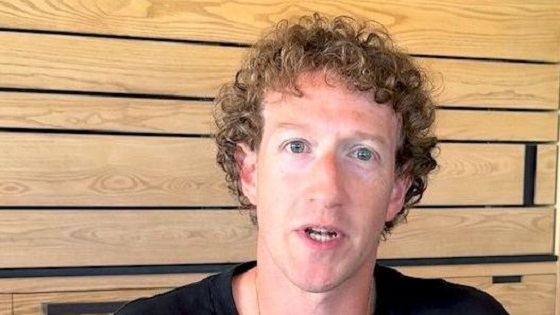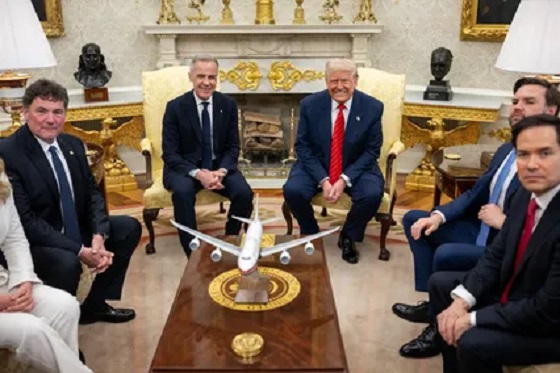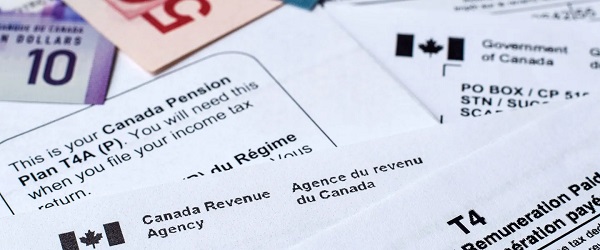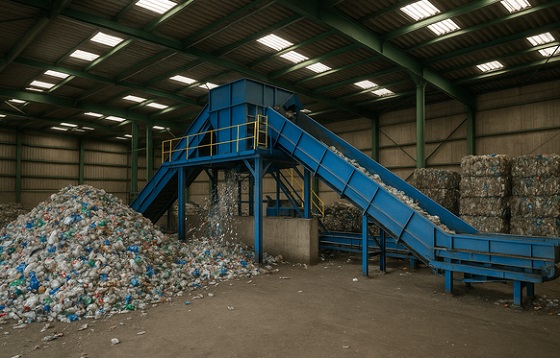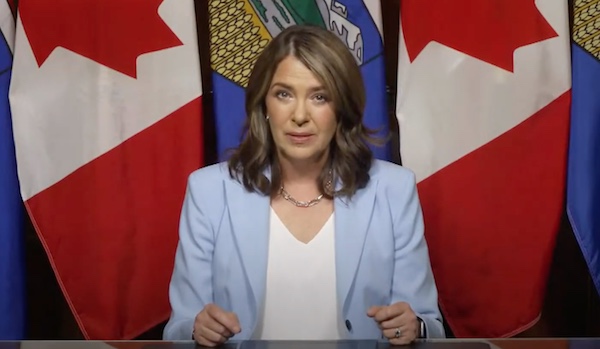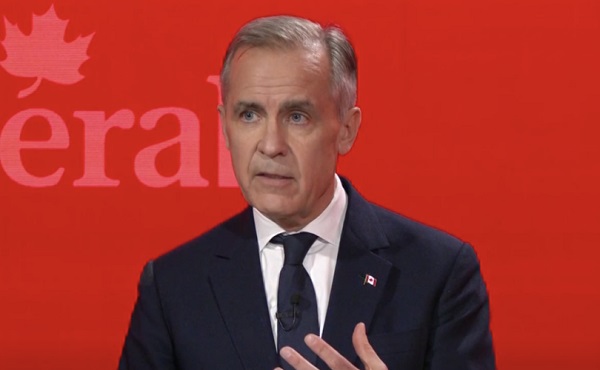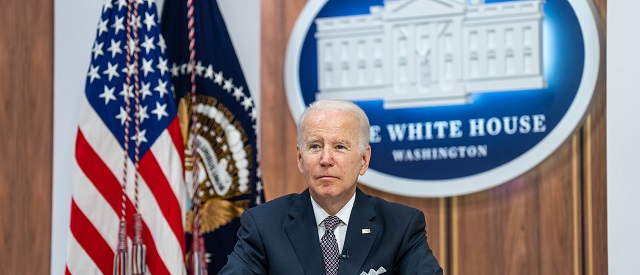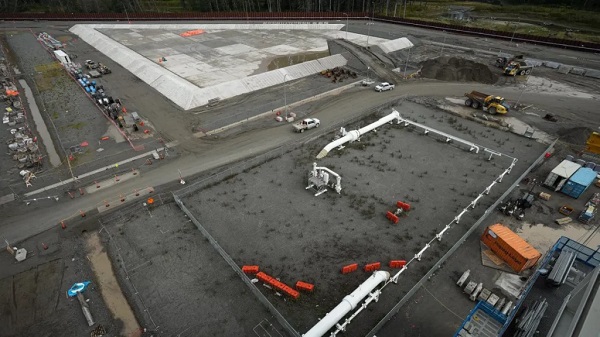From The Center Square
By Dan McCaleb
President Donald Trump on Monday signed an executive order banning the federal government from taking any action to restrict Americans free speech rights.
The order ensures “that no Federal Government officer, employee, or agent engages in or facilitates any conduct that would unconstitutionally abridge the free speech of any American citizen.”
It also ensures “that no taxpayer resources are used to engage in or facilitate any conduct that would unconstitutionally abridge the free speech of any American citizen” and “identify and take appropriate action to correct past misconduct by the Federal Government related to censorship of protected speech.”
Meta earlier this month ended its practice of censoring posts on Facebook, Instagram and Threads after CEO Mark Zuckerberg admitted that the Biden administration pressured the company to remove posts related to COVID-19, the 2016 and 2020 presidential elections – including suppressing the New York Post’s explosive story on Hunter Biden’s laptop – and other matters.
“We started building social media to give people a voice,” Zuckerberg said in announcing the decision. “What started as a movement to be more inclusive has increasingly been used to shut down opinions and shut out people with different ideas, and it’s gone too far.”
Twitter, now X, also removed posts under pressure from the Biden administration before Tesla and SpaceX CEO Elon Musk bought the social media platform in 2022.
Trump’s executive order also instructs the U.S. Attorney General to investigate past cases of government censorship.
“The Attorney General, in consultation with the heads of executive departments and agencies, shall investigate the activities of the Federal Government over the last 4 years that are inconsistent with the purposes and policies of this order and prepare a report to be submitted to the President, through the Deputy Chief of Staff for Policy, with recommendations for appropriate remedial actions to be taken based on the findings of the report,” the order states.
